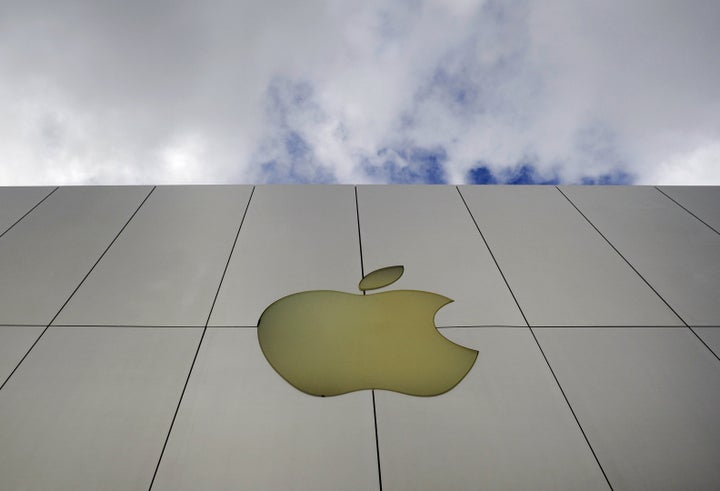
Creating your new brand for an expansive experience as opposed to a particular product will inevitably serve you well.
There used to be a time that most brands had a first and last name. Pepsi Cola. Kodak Film. Eveready Batteries. It wasn't that the last name was always a part of the registered trademark -- like Coca-Cola -- it was just that the descriptor had to be there to distinguish the mark and tell people what they were getting. Then consumers would take the descriptor along for the ride so that they have less of a chance of having to explain the name to someone unfamiliar to it.
As society continues to move swiftly forward and peoples' attention spans grow ever shorter, so do their consideration of trademarks. Thanks to the Internet, we're getting used to being on a first name basis with brands like Google, Amazon and Facebook. These types of brands are not products, services, or even companies as much as they are experiences. And most experiences, by their very nature, defy being described by a single word or even phrase.
Amazon started out being billed as "the world's largest bookstore." While they still hold comfortably to that claim, they now also offer everything from automotive merchandise to watches. Simply by telling someone "Look for it on Amazon," it's an indication that the name itself literally says it all.
To illustrate further how the experience of the brand continues to shift, the BlackBerry name was created for Research In Motion back when the initial product was a two-way pager. Over time, with a robust line of smartphones and now a tablet coming online, BlackBerry stretches to cover a lot of tech and without having to say more about itself -- the products speak for themselves. In the first world, certainly, if you tell someone you've got a BlackBerry in your pocket, they're unlikely to think you're speaking of the fruit.
The tendency in our society is take something short and shrink it even more. That's why we like nicknames. It's why we can't help turning longer names like Theodore into Ted, Maddie becomes short for Madeline and even the two-syllable Joseph turns into Joe.
In the branding world, a classic case-in-point of this same phenomenon is FedEx, which began as Federal Express back in 1973 but, in 2000, the company decided to go with the flow and change their brand over to the shorter nickname. (Linguistically speaking, FedEx is a syllabic abbreviation of the original name.) It doesn't seem to have been a capricious choice. By using Google's Ngram Viewer to chart the occurrences of Federal Express versus FedEx in printed material, one can actually see the use of the longer name start to dip as the FedEx nickname continues to rise -- a trend that sharpened once the name change became official.
Contrast of the use of the terms "Federal Express" vs. "FedEx"
This move toward informality will likely continue. In a social media world of tweets, where you have to get your message across in just 140 characters, brevity is becoming the soul of marketing. FedEx was a shorthand that everyone was using, so it came pretty naturally. Conversely, like a kid trying to foist a self-created nickname on people, it comes off as a little sad when a company tries to force the issue and create a shortened version of their brand on their own. Last fall, FedEx competitor United Parcel Service finally abandoned their ad campaign to try to become known as "Brown". Makes sense -- why would people adopt a longer name instead of the already short and familiar UPS?
The strategy can work, if the company is willing to make the commitment. An example is Eveready, which changed its moniker, in 2000, to Energizer, represented by that ridiculous drum-beating pink bunny.
The more that consumers interact with your offering -- the friendlier they get with it -- the more they come to feel a sense of ownership of it as well. As that happens, they'll begin find new ways to use it. So, rather than your nascent brand being a product, service, or company, think of it, instead, as an unfolding experience. One of vast scope and limitless potential. With that in mind, it's good business to consider just how expansive your brand may become, and to do so before you even hit the market.
For any company to be a good steward of their brand requires that they manage this business of shifting perception. Fighting too hard against consumers' desire to cut your name short might result in a backlash. But pandering to it rarely pays off as well. Just as protecting one's good brand name requires attention, companies need to also be aware of how their name is being used and recognize when it may be time to get a little friendlier.
Marc Hershon is the co-author of the new book I Hate People (Little, Brown and Company; June 2009) with Jonathan Littman. Marc is a branding expert who, as an Associate with Lexicon Branding, has helped to create such memorable names as BlackBerry, Swiffer, nüvi, and Crackle.com
